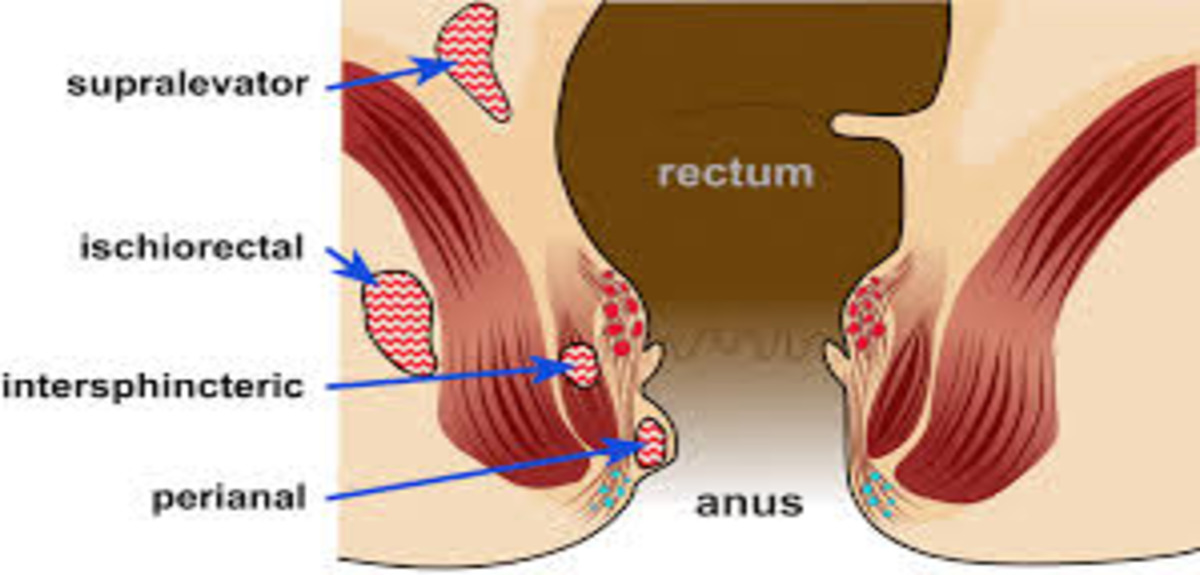Colorectal and Anorectal diseases
Here's a breakdown of the conditions you listed, focusing on digestive health:
Chronic Constipation:
Difficulty passing stool regularly (fewer than 3 bowel movements per week for at least 3 months).
Common causes include lack of fiber, dehydration, inactivity, and medications.
Symptoms include straining, hard stools, incomplete evacuation, and abdominal discomfort.
Treatment focuses on lifestyle changes like increased fiber intake, hydration, and exercise. Medications and biofeedback may also be used.
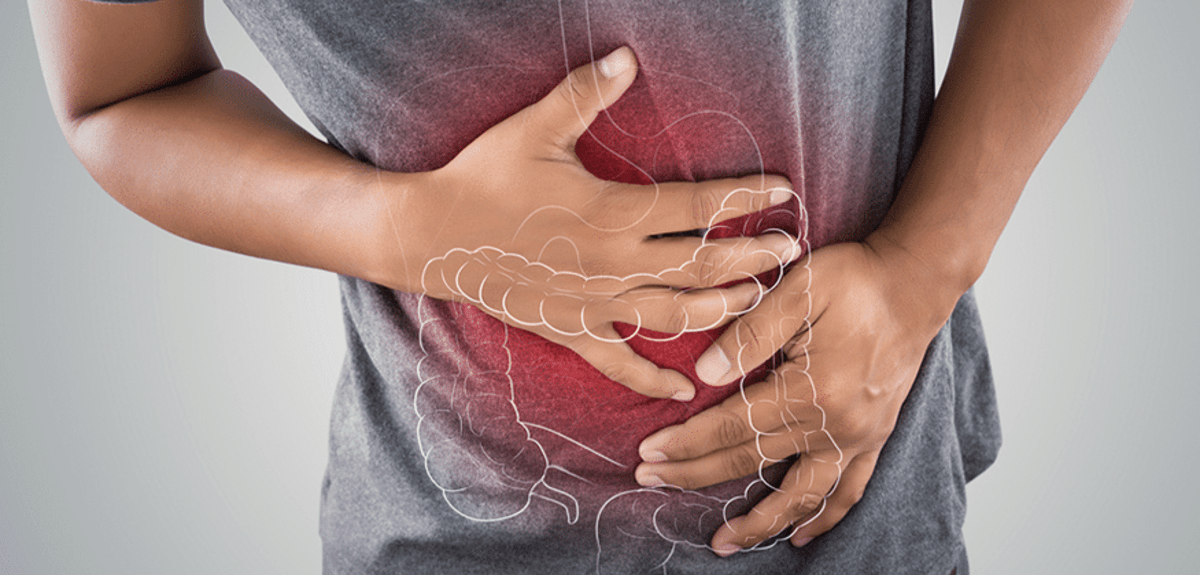
Ulcerative Colitis:
An inflammatory bowel disease (IBD) causing chronic inflammation and ulcers in the inner lining of the large intestine (colon) and rectum.
Symptoms include frequent bloody diarrhea, abdominal pain, urgency to have a bowel movement, and weight loss.
Treatment aims to reduce inflammation and control symptoms. Medications, diet, and in severe cases, surgery are options.
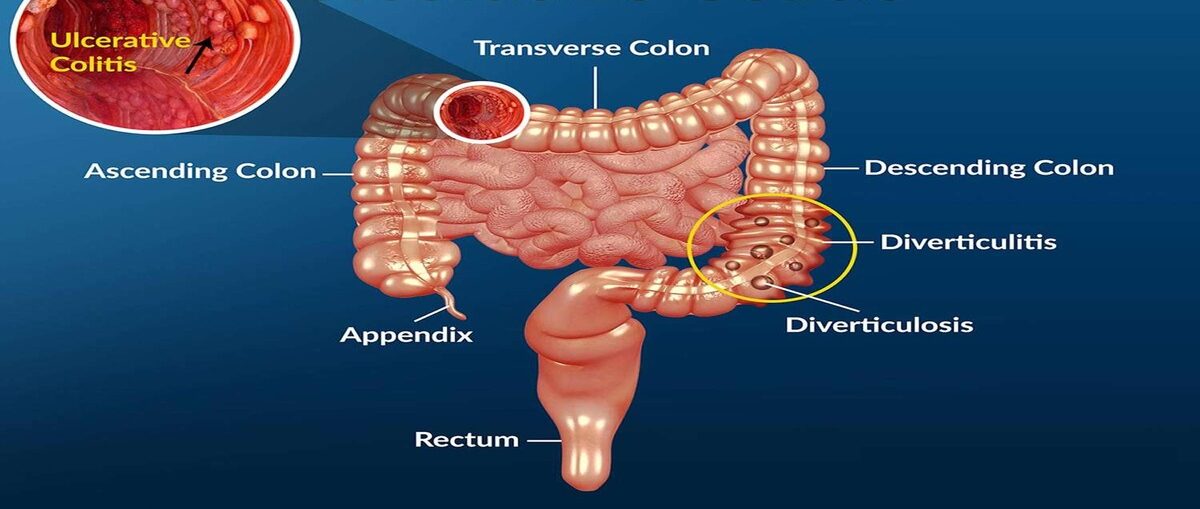
Crohn's Disease:
Another IBD that can cause inflammation anywhere in the digestive tract, from mouth to anus.
Symptoms include diarrhea, abdominal pain, cramping, weight loss, and fatigue.
Treatment focuses on reducing inflammation and managing symptoms. Medications, diet, and surgery are used.
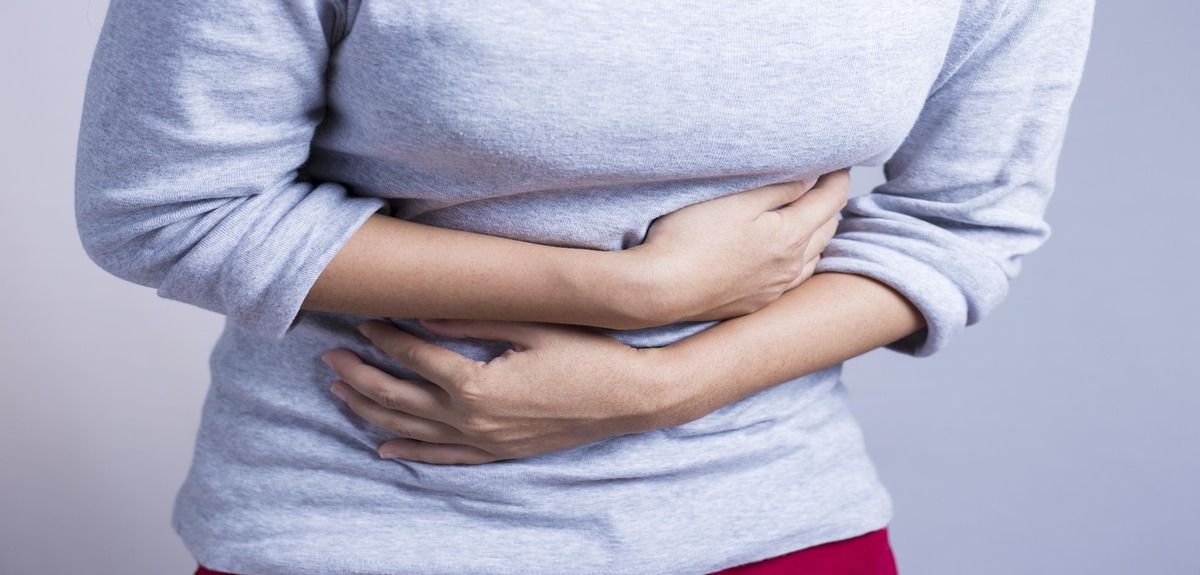
Diverticulosis/Diverticulitis:
Diverticulosis: Small pouches form in the lining of the colon, usually asymptomatic.
Diverticulitis: Infection or inflammation in one or more diverticula.
Symptoms of diverticulitis include lower left abdominal pain, fever, and changes in bowel habits.
Treatment for diverticulosis focuses on preventing diverticulitis through a high-fiber diet. Diverticulitis may require antibiotics, dietary changes, and in severe cases, surgery.
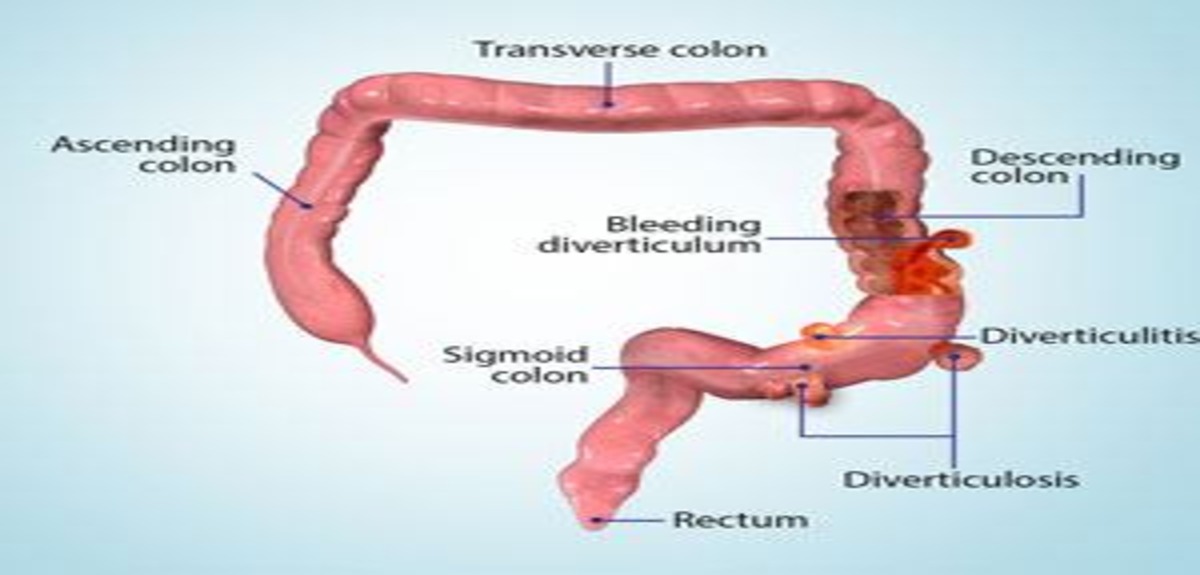
Volvulus:
Twisting of a part of the intestine, blocking the flow of food and waste.
A medical emergency requiring prompt treatment to prevent tissue death. Symptoms include severe pain, vomiting, and constipation.
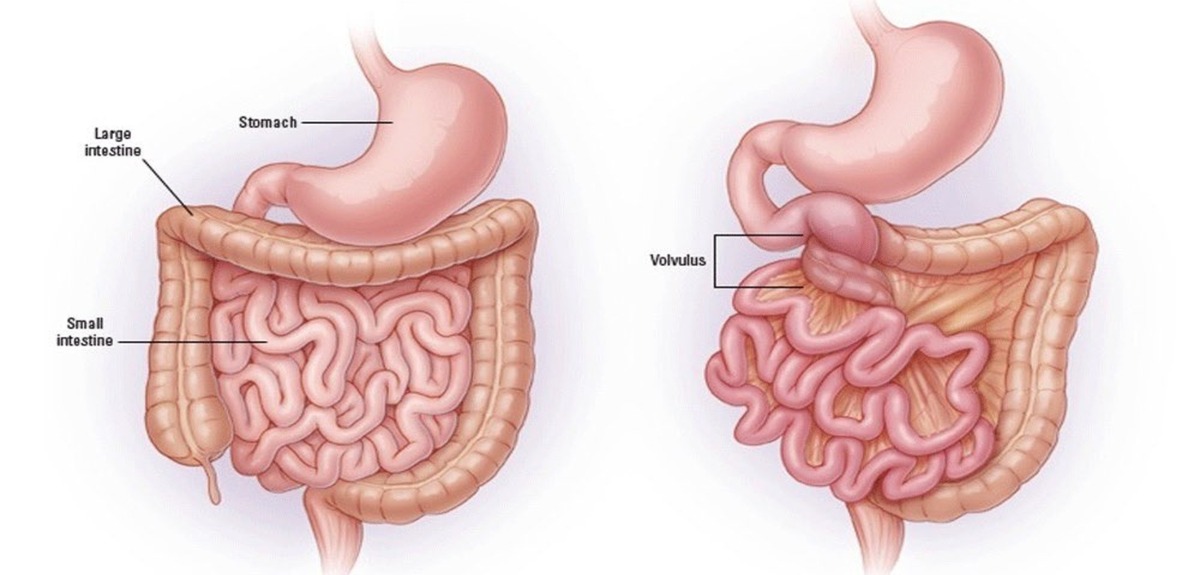
Perforation:
A hole in the wall of an organ, such as the intestine.
Serious complication of some digestive conditions, causing severe pain, infection, and requiring immediate medical attention.

Colitis:
General term for inflammation of the colon. Ulcerative colitis and Crohn’s disease are specific types of colitis.
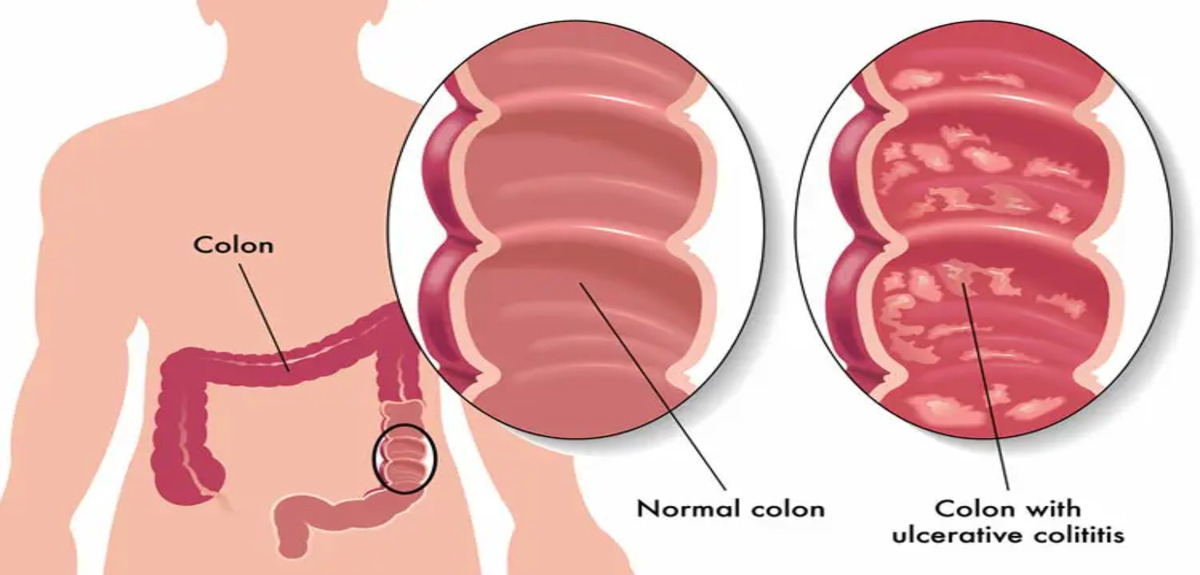
Fecal Incontinence:
Inability to control bowel movements, leading to involuntary leakage of stool.
Causes include weakened muscles, nerve damage, or childbirth.
Treatment options include dietary changes, physical therapy, medications, and surgery.
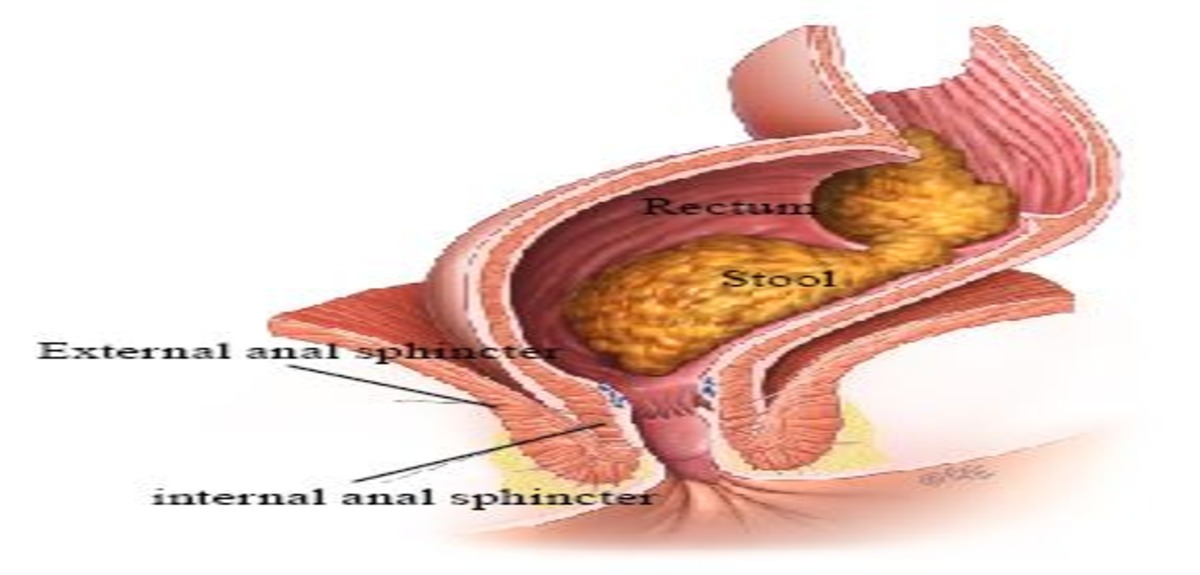
Fistula (internal or external):
Abnormal connection between two organs or an organ and the skin.
An internal fistula connects two parts of the intestine or rectum to the vagina or bladder.
An external fistula connects the intestine or rectum to the skin around the anus.
Symptoms depend on location. Treatment usually involves surgery to close the fistula.
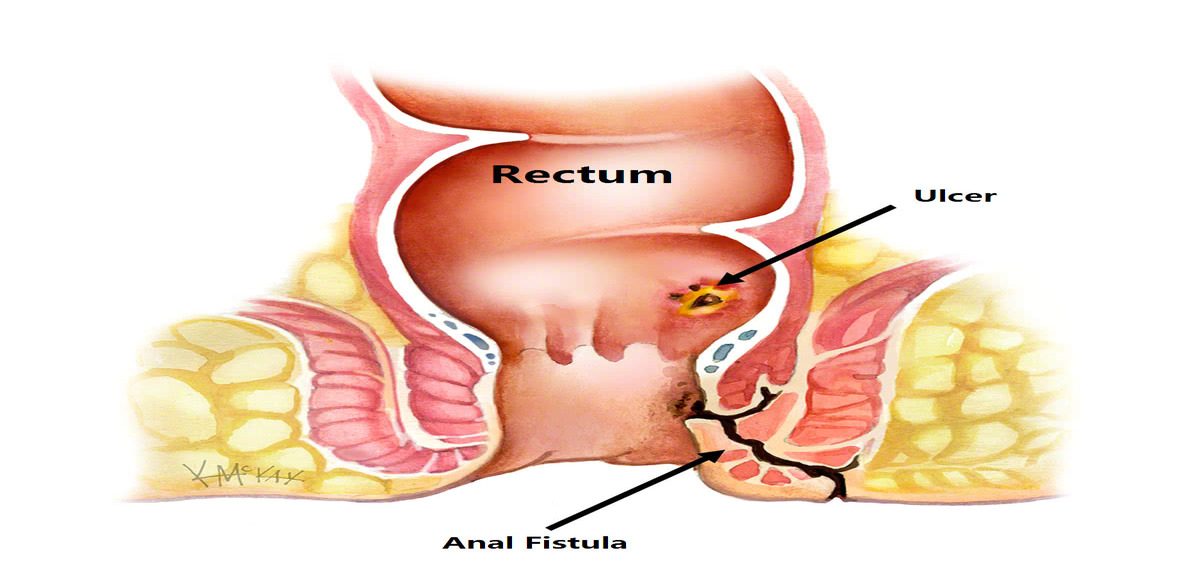
Stricture:
Narrowing of a passage in the body, like the intestines.
Can cause difficulty passing stool, pain, and bloating.
Treatment depends on the cause and severity, and may involve medication, dilation, or surgery.
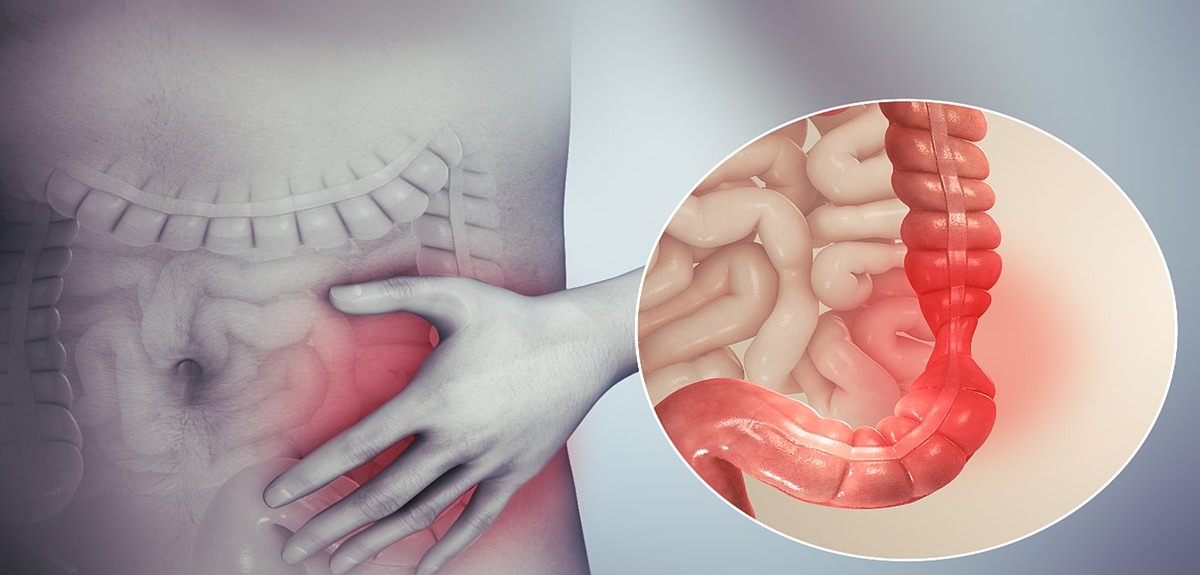
Hemorrhoids:
Swollen veins in the rectum and anus.
Can cause painless bleeding, itching, or discomfort.
Treatment options include lifestyle changes, home remedies, minimally invasive procedures, or surgery.

Anal Fissure:
A small tear in the lining of the anus.
Causes severe pain, especially during bowel movements.
Treatment focuses on pain relief and promoting healing, may involve medication, lifestyle changes, or surgery.

Anal Fistula:
Abnormal tunnel connecting the anus to the skin near the anus.
Caused by an infected anal abscess. Symptoms include persistent drainage, pain, and swelling.
Treatment usually involves surgery to close the fistula.
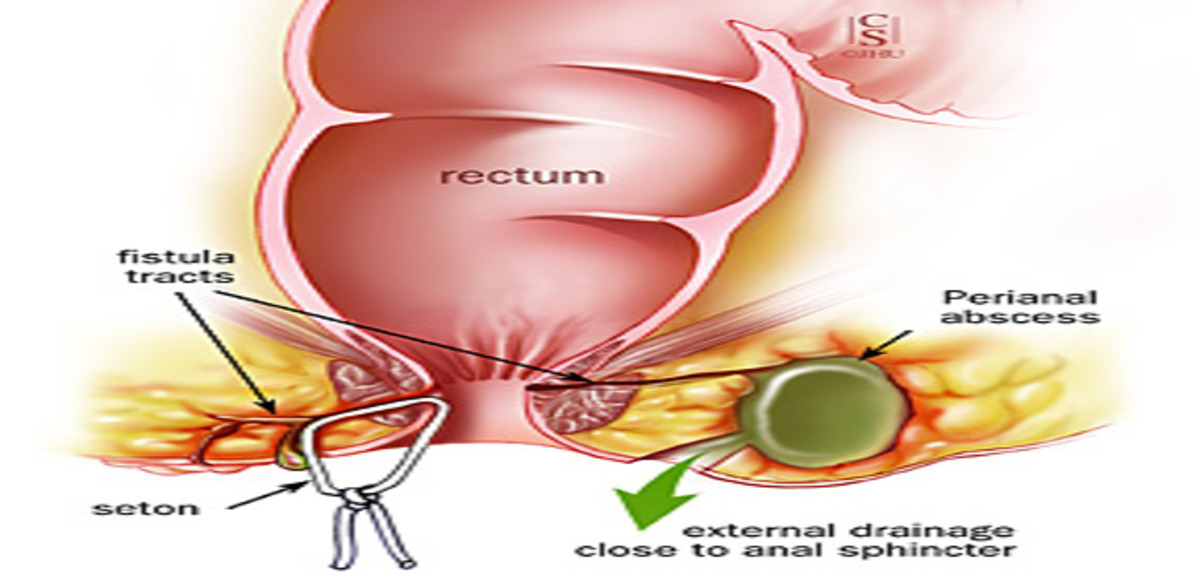
Anal Spasm:
Tightening of the sphincter muscles around the anus.
Can cause pain, difficulty passing stool, and urgency.
Treatment focuses on relaxation techniques, biofeedback, and medications.

Solitary Rectal Ulcer Syndrome:
A single ulcer forms in the lower rectum.
Causes bleeding, tenesmus (feeling of incomplete bowel evacuation), and urgency.
Treatment involves medication, lifestyle changes, and in some cases, surgery.

Rectal Prolapse:
The rectum pushes through the anus.
Symptoms include straining, difficulty passing stool, and feeling a bulge at the anus.
Treatment depends on severity, options include lifestyle changes, biofeedback, or surgery.
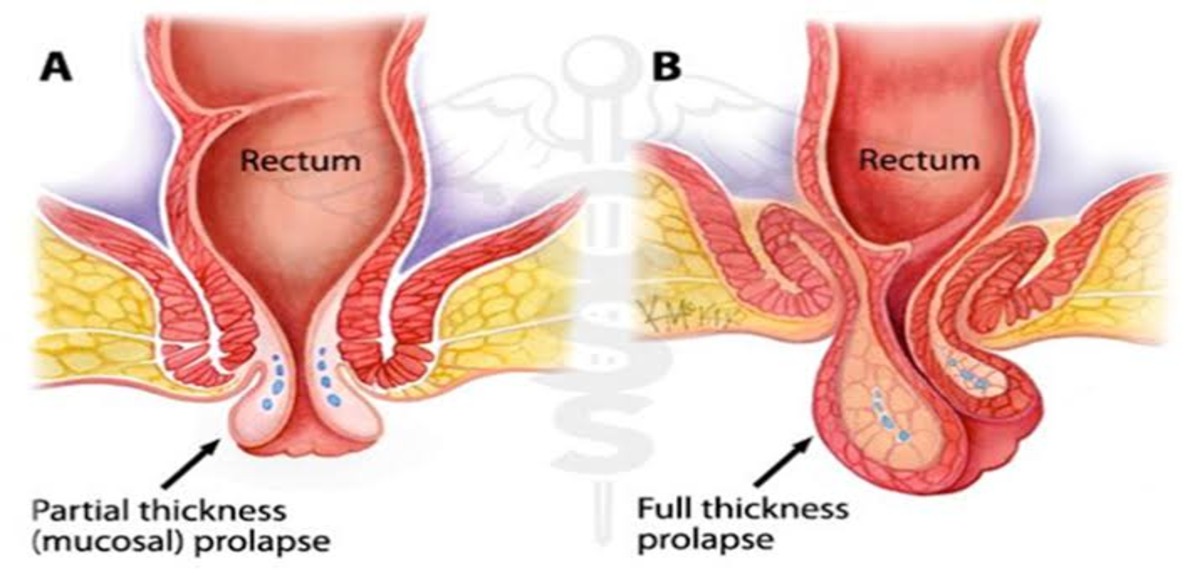
Anal Abscess:
A collection of pus near the anus, caused by an infected gland or hair follicle.
Causes pain, swelling, redness, and difficulty sitting.
Treatment typically involves draining the abscess
